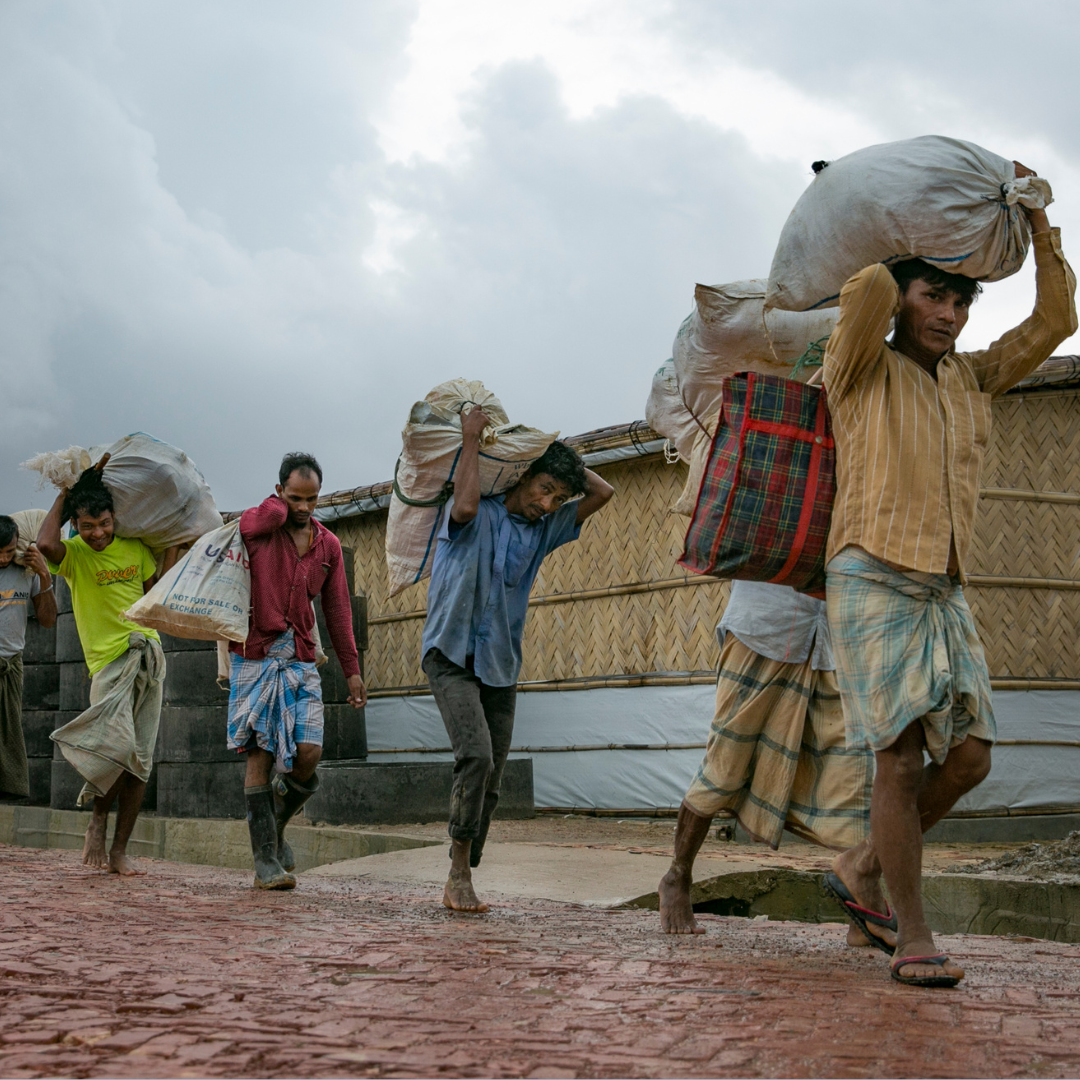When moving isn’t an option for vulnerable populations
Claudia Caruana discusses a study by the International Institute for Applied Systems Analysis (IIASA) that examines the struggles of vulnerable populations unable to migrate due to political, social, and economic barriers, calling for tailored policies to safeguard these individuals from growing climate risks for SciDev.net.

Image by Flickr | UN Women | Allison Joyce
Climate change and extreme weather events can act as drivers of migration. But in some situations, vulnerable populations are simply unable to leave, even if they want to.
In a new study led by the International Institute for Applied Systems Analysis (IIASA), the authors argue that these ‘trapped populations’ need tailored policies to protect them from climate risks in their current location or enable them to migrate if desired.
Lisa Thalheimer, a research scholar at IIASA and lead author, said: “Involuntarily immobile populations are large and varied in their exposure to different threats.” She added: “Cultural and legal barriers; limited access to humanitarian assistance … conflict and poverty make the livelihoods of such populations particularly vulnerable to climate-induced threats such as droughts, heatwaves or sea-level rises.”
The researchers say that current climate mobility research is largely focused on mobile populations, excluding those unable or unwilling to move.
“What about the people who want to move but can’t?” said Thalheimer, continuing: “These are individuals trapped by poverty, legal barriers or social constraints, living in flood-prone neighbourhoods, refugee camps, conflict zones, or even within urban heat islands.”
For these people, leaving isn’t an option, and staying is increasingly dangerous.
Ignoring these populations leaves them at heightened risk of climate-related disasters, while integrating their needs into planning can transform resilience strategies, according to the researchers.
Rohingya refugees
Published in Nature Communications, the study highlights a number of case studies that reflect the political and legal barriers to migration faced by vulnerable populations.
Thalheimer cited as an example the Rohingya refugee population in Bangladesh, living in some of the most densely populated areas in the world while facing a high risk of landslides and flooding.
“Due to the lack of data, it can be extremely difficult for policymakers to develop policies tailored to the needs of those people,” she said.
Seeking to address this problem, the scientists drew up a set of recommendations to help policymakers stimulate positive change.
They suggest conducting a systematic review of affected communities and their ability to adapt, relocate and mitigate climate effects, identifying the key drivers of involuntary immobility.
A global mechanism is needed to support these communities and ensure their inclusion in data collection processes, the researchers say.
‘Trapped populations’
Colin Raymond, a research scientist at the University of California, Los Angeles, US, specialising in severe weather, said: “It is the hard edge of social, political and economic realities that trap people in dangerous situations.”
He says the research highlights the need to recognise that mobility, often construed as a solution, is a privilege that is not available to all.
“Institutions like refugee settlements and prisons should be preferentially located where disaster risks are relatively lower, or funding be dedicated to mitigating risks for the most exposed areas,” he suggested, continuing: “Such decisions should be made in a forward-looking way, based on a combination of model projections, local observations, and expert judgements.”
Andrew Reid Bell, professor of sustainability in the global development department at Cornell University, in Ithaca, New York, believes being able to distinguish between voluntary and involuntary mobility or immobility is important for planning interventions to support vulnerable populations.
But he thinks it’s easier said than done.
He told SciDev.Net: “Disentangling the factors that displace someone from choices they’ve made are among the complicating factors in defining environmental or climate refugees.